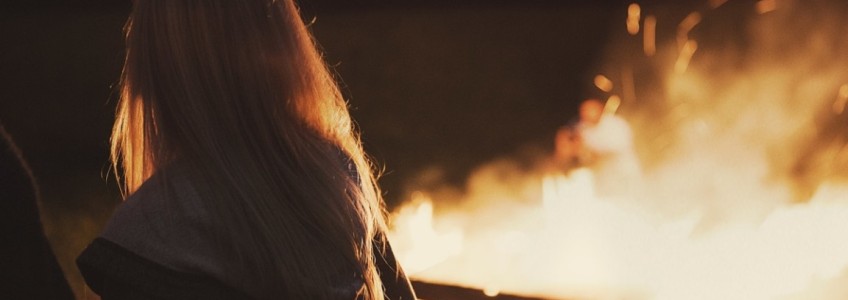If you’ve arrived here on your quest to prepare for the event of an earthquake, you’re on the right track. Especially if you live in British Columbia. Being prepared for an emergency means you are much more likely to come out the other end unscathed. Think about spending 3-14 days without food, or without enough water. It’s not fun to consider, but it might be necessary to inspire proactive action!
In the past couple blog posts here on Quake Kit, we’ve covered water and food and water as the top 2 priorities when it comes to earthquake preparedness. The 3rd priority is heat.
- Water
- Food
- Heat
- Shelter
- Light
- Communication
- First Aid
- Sanitation
Heat, or protection from the elements, is next in the list of emergency priorities because as soon as you get wet, your ability to stay warm drops dramatically. So this category is not only about having items to give you warmth, but also what items to have in your kit to help you stay warm and dry.
Ideally, you’ll be in a situation where you’ll be able to build a fire. Having waterproof matches and fire starting materials would be a great asset. Having a stove, like our Stove In A Can, is helpful for doing double-duty; it will cook your food AND provide warmth. Look for items that you can put in your kit that can have multiple uses. This not only saves on space, but helps you conserve energy by doing two or more things at once.
In case it’s just your hands that need a warm up, disposable hand warmers like these ones do the job well. Once activated, they stay warm for 6 hours or more. These are ideal especially if you are on-the-go and don’t have time to slow down or stop to make a fire. These can be used for your feet, too! Be sure to throw extras in your car kits too.
But the most important item you can have in your kit for warmth and protection against the elements is an emergency blanket. They look small, even flimsy, but the protection they give you could be life-saving. These foil blankets are compact and light, so they can fit in any kit. Their waterproof material keeps rain and snow from seeping through. They protect you in the sun by reflecting the heat away, and they keep you warm in the cold, by keeping in your body heat. Don’t underestimate the importance of these little emergency blankets. Tube tents and sleeping bags are also important supplies to have in your kit for the same reasons as the blankets.
For more information on cold-weather survival skills, check out this page on Cottage Life. And stay tuned for our post next week on the 4th emergency preparedness priority: shelter!

